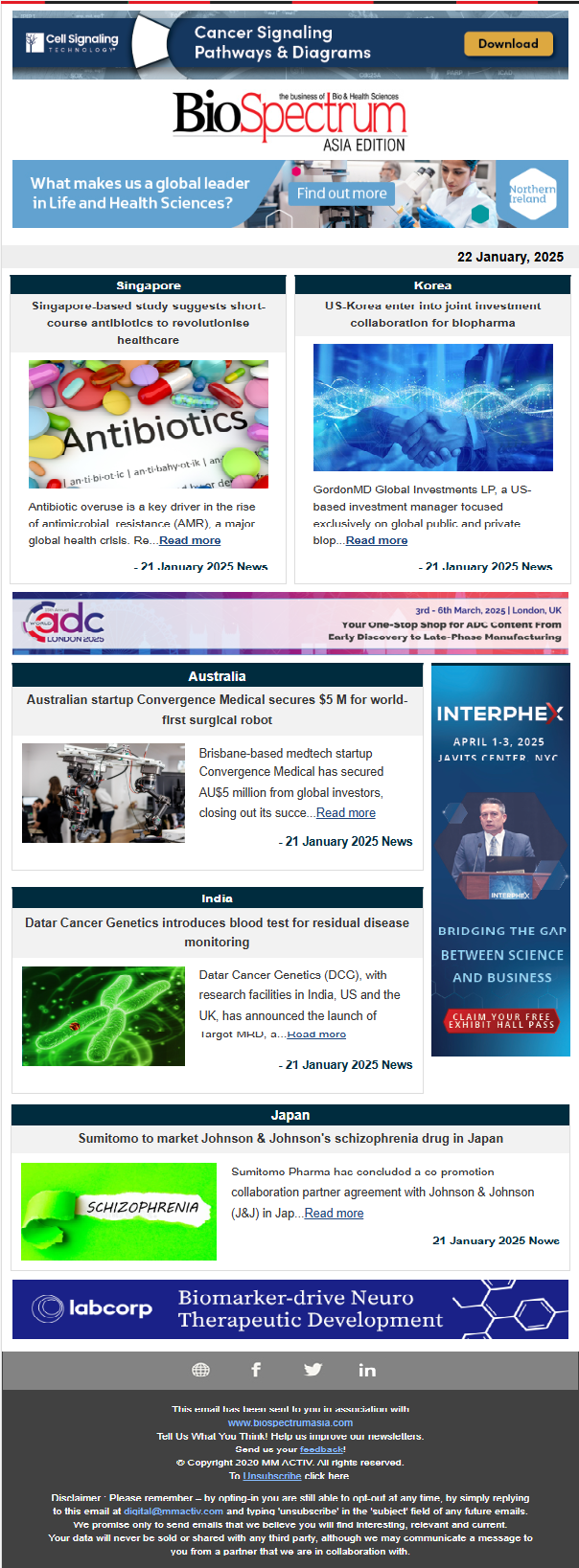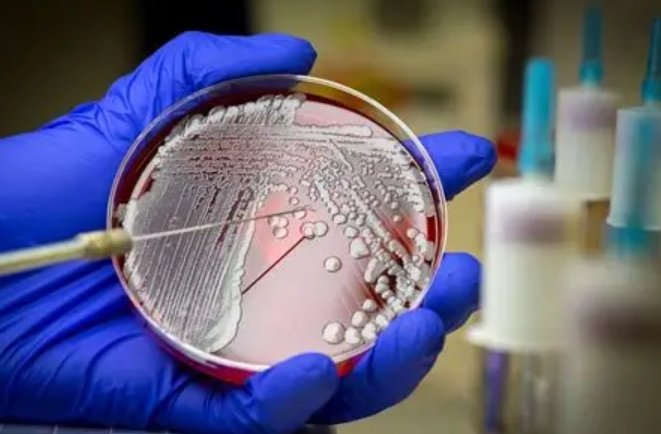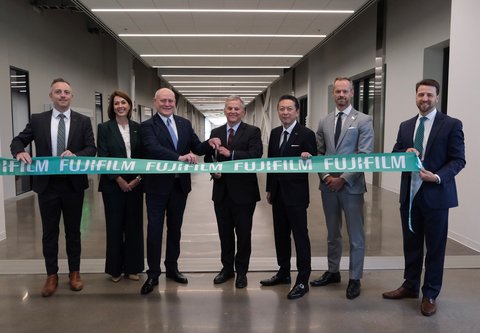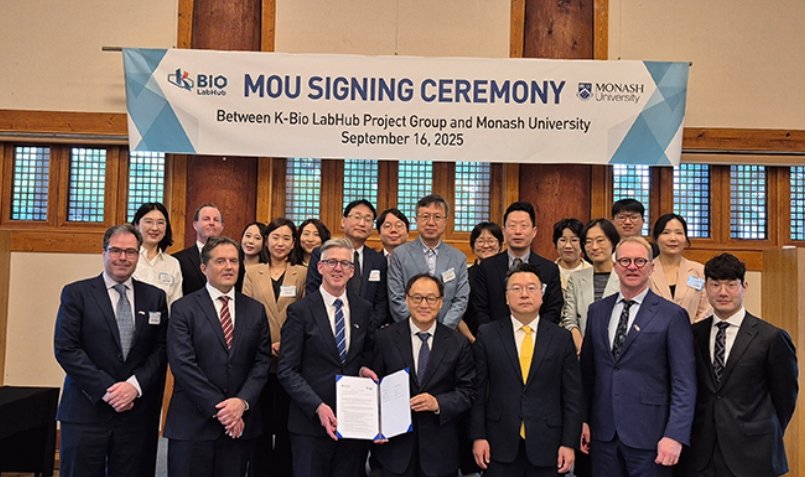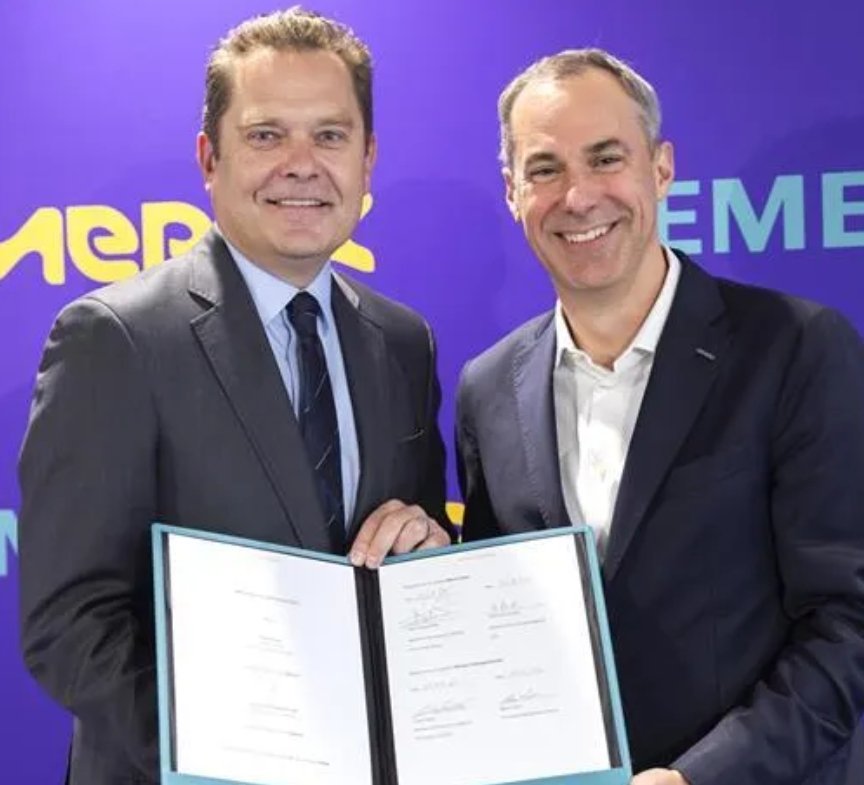
Image Caption: Veolia's Tuas facility
Singapore is stepping up its efforts to manage hazardous waste sustainably, aligning with the nation’s environmental goals. As the city-state accelerates its environmental ambitions, the need for safe and sustainable hazardous waste management is more apparent than ever. To support public understanding of this vital work, Veolia today showcases its integrated hazardous waste treatment facility in Tuas. Designed to handle complex waste streams from regulated sectors including pharmaceuticals, biotech, chemicals, oil & gas, electronics, and semiconductors, this facility operates under strict compliance standards and contributes to national waste reduction targets.
An integral part of this transformation is a leading company in ecological transformation and sustainable water management solutions, Veolia Singapore's integrated hazardous waste treatment facility in Tuas, a facility designed to handle complex waste streams originating from the pharmaceutical, chemical, and electronics industries.
Veolia's "GreenUp strategy", a global initiative focused on decarbonization, pollution reduction, and environmental regeneration, has tangible impacts in Singapore. These efforts align with the objectives of the Singapore Green Plan 2030 by promoting responsible waste management and protecting environmental health, as highlighted in the National Environment Agency's initiative on advancing a circular economy for toxic industrial waste (TIW).
Singapore enforces robust environmental and regulatory safeguards to protect public health and the environment, ensuring compliance with national and international standards. Key regulations include the Environmental Public Health Act for toxic industrial waste management under the National Environment Agency (NEA) and the Sewerage and Drainage Act for trade effluent control by PUB, Singapore's National Water Agency. As a signatory to several Multilateral Environmental Agreements (MEAs), Singapore aligns with global environmental initiatives, such as the Basel Convention on hazardous waste, the Stockholm Convention on persistent organic pollutants, and the Minamata Convention on mercury. Continuous monitoring systems are integral to these safeguards. High-temperature incineration emissions are tracked via Continuous Emissions Monitoring Systems (CEMS) to meet NEA air quality standards. Treated effluent is monitored for pH and volatile organic compounds (VOCs) to ensure compliance with PUB requirements before discharge into public sewers. Solid residues from treatment processes are stabilized and tested according to NEA guidelines before landfill disposal.
Cutting-Edge Technology for Hazardous Waste Management
Veolia's Tuas facility is equipped to handle all types of toxic industrial waste, including persistent organic pollutants (POPs) and explosive materials. With a treatment capacity of 170,000 tons per year, it employs advanced processes such as high-temperature incineration with energy recovery, biological treatment with water reuse, and chemical and physical treatments for inorganic waste.
The facility operates on four non-negotiable principles that shape its actions, focusing on adherence to the waste hierarchy and a commitment to innovation. It prioritizes transitioning from disposal to recovery, recycling, reuse, and reduction, with a foundation of continuous improvement to enhance resource efficiency and support circular solutions.
The facility is designed to ensure the safe and sustainable collection, management, and disposal of industrial hazardous waste, including the provision of containers, waste analysis, and treatment or disposal. As well as specializing in recycling, the facility offers on-site sorting, emergency response, and industrial services.
As part of the facility's robust traceability system, each waste stream is identified by a unique identification number and tracked individually from the point of origin to the point of final disposal. Throughout the waste management process, this system ensures precise monitoring and accountability.
A major milestone was achieved by the facility in 2024 alone with the generation of 11,500 megawatt-hours (MWh) of electricity from hazardous waste incineration, enough to power 2,555 Singaporean households. Additionally, it avoided 4,500 tons of CO2 emissions—equivalent to removing 1,125 cars from the road—and recycled 33 million liters of water, comparable to 13.2 Olympic-sized swimming pools.
Operating in a highly regulated sector, the facility adheres to stringent safety and environmental standards while it complies with Singapore’s Environmental Public Health Act and Sewerage and Drainage Act, alongside international agreements such as the Basel Convention on hazardous waste and the Stockholm Convention on persistent organic pollutants.
The facility’s safety measures include automated systems to minimize personnel exposure to hazardous chemicals, proven operational protocols developed over 50 years of global expertise, and advanced fire protection systems. Continuous monitoring systems ensure compliance with air and water quality regulations. For instance, emissions from incineration are tracked via a Continuous Emissions Monitoring System (CEMS), while treated water is monitored for pH and volatile organic compounds (VOCs) before discharge into public sewers.
The Tuas facility incorporates several key features to enhance sustainability and operational efficiency:
Singapore's environmental priorities, such as minimizing landfill waste, enhancing water reuse, and recovering energy from waste, are supported by the facility's tailored waste management solutions. These solutions also help industries meet regulatory requirements and achieve sustainability objectives. A carbon audit and efficient waste treatment help businesses monitor and improve their decarbonization efforts. In addition, it helps them advance their environmental, social, and governance (ESG) goals.
As Singapore moves toward a circular economy for toxic industrial waste, facilities like Veolia’s Tuas plant are at the forefront of this transition. By combining innovative technology, strict regulatory compliance, and a commitment to sustainability, the facility demonstrates how hazardous waste can be managed responsibly while contributing to national environmental objectives.
The Tuas facility is a testament to the critical role of advanced infrastructure in addressing the challenges of hazardous waste management. Its ability to handle diverse waste streams, ensure safety, and support industries in achieving their ESG goals highlights its importance in Singapore’s journey toward a greener future.
